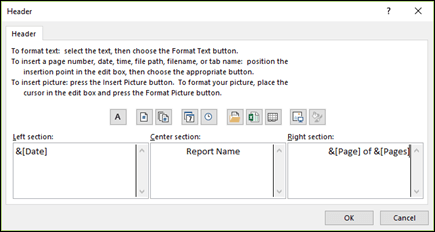
Remove the “_Data” from the name column (so you’re left with East, West, North, and South in the name column).Drag and place the Name column to the beginning.Here are a few modifications you can do to the combined data in Power Query itself: This is also the reason I said it’s better to have descriptive names for the Excel tables. This is an identifier that tells us which record came from which Excel Table. If you look closely, you’ll find the last column (rightmost) has the name of the Excel tables (East_Data, West_Data, North_Data, and South_Data). The above steps would combine the data from all the worksheets into one single table. Uncheck the ‘Use original column name as prefix’ option.If you want to combine all columns, make sure (Select All Columns) is checked. Select the columns that you want to combine.In the Content header cell, click on the double pointed arrow.Similarly, if you have named ranges or connections, and you only want to combine tables, you can remove those named ranges as well. If you want to combine specific Excel Tables only, then you can click the drop-down icon in the name header and select the ones you want to combine. In this example, I want to combine all the tables.This will show you all the table names in the entire workbook (it will also show you the named ranges and/or connections in case it exists in the workbook). Note that the Power Query formulas are case sensitive, so you need to use the exact formula as mentioned (else you will get an error). In the Query editor, type the following formula in the formula bar: =Excel.CurrentWorkbook ().In the Get & Transform Data group, click on the ‘Get Data’ option.Here are the steps to combine multiple worksheets with Excel Tables using Power Query: I have given the tables the following names: East_Data, West_Data, North_Data, and South_Data. This kind of data is extremely easy to combine using Power Query (which works really well with data in Excel Table).įor this technique to work best, it’s better to have names for your Excel Tables (work without it too, but it’s easier to use when the tables are named).
#HEADERS IN EXCEL 2016 DOWNLOAD#
Suppose you have four different sheets – East, West, North, and South.Įach of these worksheets has the data in an Excel Table, and the structure of the table is consistent (i.e., the headers are same).Ĭlick here to download the data and follow along. If the data is not in an Excel Table, the method shown here would not work. When combining data from different sheets using Power Query, it’s required to have the data in an Excel Table (or at least in named ranges). Combine Data from Multiple Worksheets Using Power Query Based on your version, some images may look different (image captures used in this tutorial are from Excel 2016). Note: Power Query can be used as an add-in in Excel 20, and is an inbuilt feature from Excel 2016 onwards.
#HEADERS IN EXCEL 2016 HOW TO#
So I decided to write this tutorial and show the exact steps to combine multiple sheets into one single table using Power Query.īelow a video where I show how to combine data from multiple sheets/tables using Power Query:īelow are written instructions on how to combine multiple sheets (in case you prefer written text over video). I asked him to use Power Query to combine different sheets, but then I realized that for someone new to Power Query, doing this can be tough. Now you're able to compare data for similar months from several different years.I recently got a question from a reader about combining multiple worksheets in the same workbook into one single worksheet.
#HEADERS IN EXCEL 2016 WINDOWS#



 0 kommentar(er)
0 kommentar(er)
